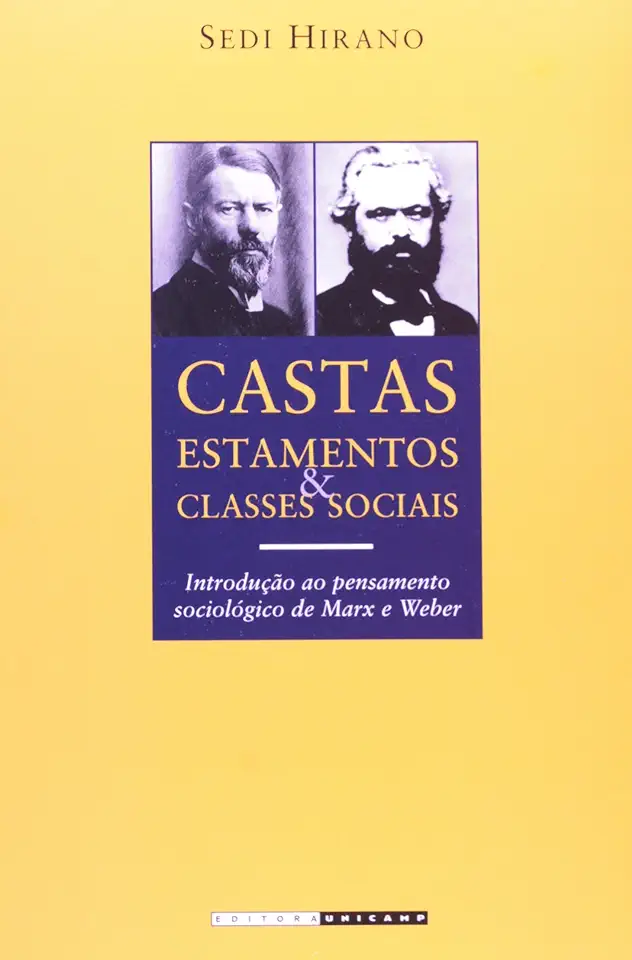
Castes, Estates and Social Classes - Sedi Hirano
Castes, Estates and Social Classes: A Comparative Analysis
Introduction
In this groundbreaking work, Sedi Hirano offers a comprehensive and comparative analysis of castes, estates, and social classes. Drawing on a wealth of historical and ethnographic data, Hirano argues that these three forms of social stratification are not simply different manifestations of the same phenomenon, but rather distinct social systems with their own unique characteristics and dynamics.
Castes
Castes are hereditary social groups that are endogamous, meaning that members of a caste can only marry within their own group. Castes are also typically associated with specific occupations, and they often have their own distinct customs and rituals. Castes are found in many parts of the world, including India, Japan, and Africa.
Estates
Estates are social groups that are based on land ownership. Estates are typically hereditary, and they often have their own distinct privileges and obligations. Estates are found in many parts of the world, including Europe, Asia, and Africa.
Social Classes
Social classes are groups of people who share similar economic, social, and cultural characteristics. Social classes are not hereditary, and they are often more fluid than castes and estates. Social classes are found in all societies, regardless of their level of economic development or political system.
Comparative Analysis
Hirano's comparative analysis of castes, estates, and social classes reveals a number of important similarities and differences between these three forms of social stratification. For example, all three systems are based on social inequality, but the degree of inequality varies from system to system. Castes are the most rigid form of social stratification, followed by estates, and then social classes.
Another important difference between castes, estates, and social classes is the role of the state. In caste systems, the state often plays a role in enforcing caste distinctions. In estate systems, the state often plays a role in regulating the relationship between different estates. In social class systems, the state often plays a role in providing social welfare and promoting social mobility.
Conclusion
Hirano's Castes, Estates and Social Classes is a major contribution to the study of social stratification. This book provides a comprehensive and comparative analysis of three of the most important forms of social stratification, and it offers a number of new insights into the nature of social inequality. This book is essential reading for anyone interested in social stratification, comparative sociology, or social theory.
Why You Should Read This Book
Castes, Estates and Social Classes is a must-read for anyone interested in understanding the different forms of social stratification that have existed throughout history. This book is also essential reading for anyone interested in understanding the causes and consequences of social inequality. Hirano's work is a major contribution to the study of social stratification, and it is sure to have a lasting impact on the field.
Here are a few reasons why you should read Castes, Estates and Social Classes:
- This book provides a comprehensive and comparative analysis of three of the most important forms of social stratification: castes, estates, and social classes.
- This book offers a number of new insights into the nature of social inequality.
- This book is essential reading for anyone interested in social stratification, comparative sociology, or social theory.
- This book is well-written and engaging, and it is sure to keep you interested from beginning to end.
Order Your Copy Today!
Castes, Estates and Social Classes is available now from all major booksellers. Order your copy today and start learning about the different forms of social stratification that have existed throughout history.